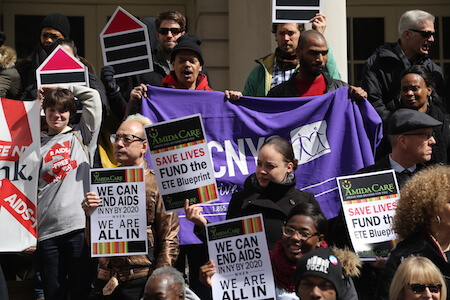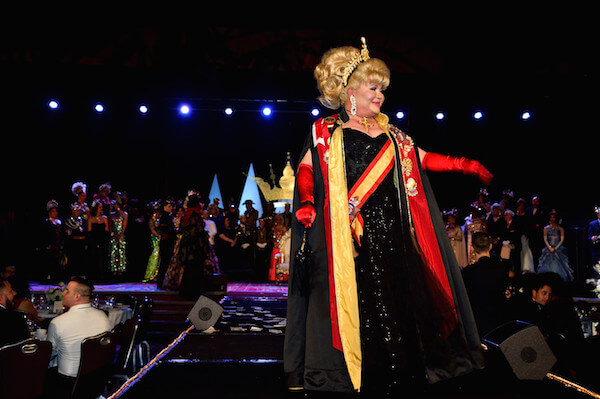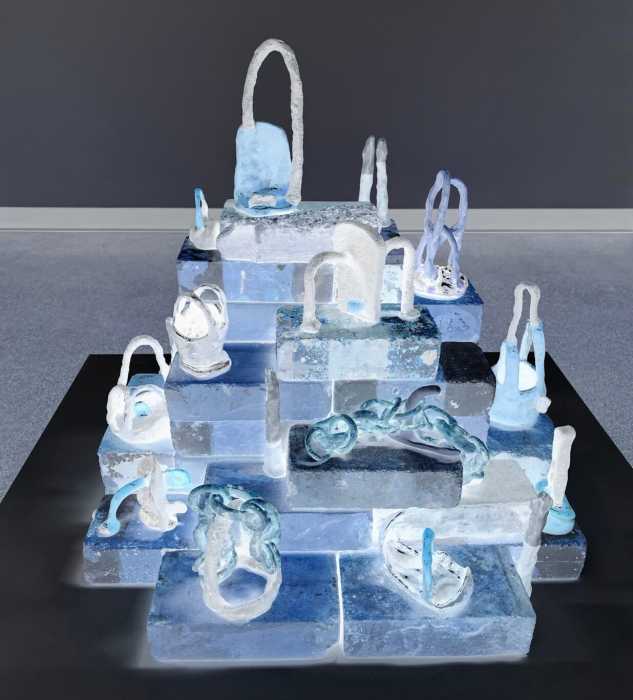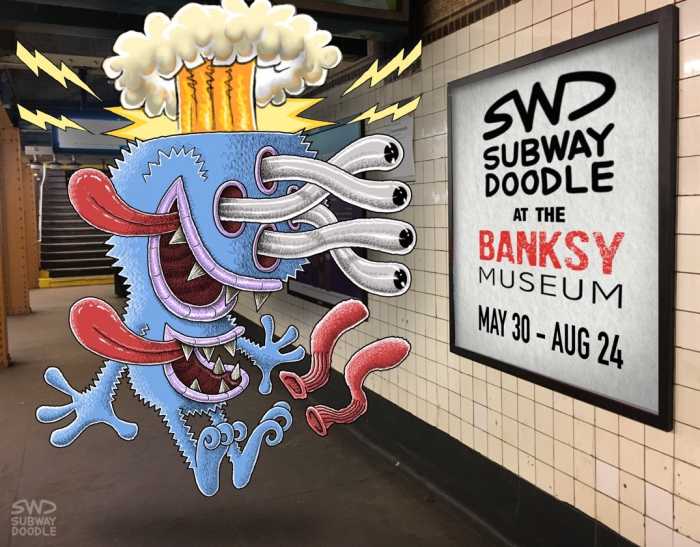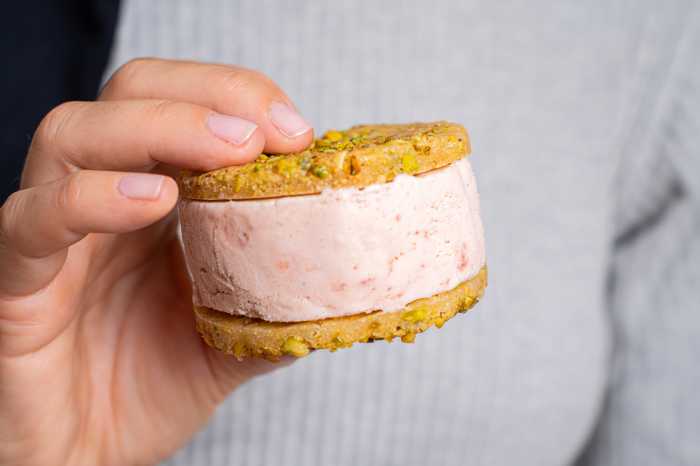Gossip: the lighter fuel of our interactions. It can be done badly and still be fun, or — as in Edmund White’s “Inside a Pearl: My Years in Paris” — with delicious waspishness and detail and turn out to be a riot. This is one of those books best enjoyed with bon-bons. Phone turned off. Other human company banished. Bills left unpaid for another day. Sit and immerse.
It isn’t White’s first memoir (“City Boy” was the most recent), or the first time White fans have been taken, via the page, to Paris. Years ago, he published “The Flâneur: A Stroll Through the Paradoxes of Paris” and then later, with illustrations by his late partner Hubert Sorin, “Our Paris: Sketches From Memory.” The title of this book comes from how White — author most famously of the autobiographical novel “A Boy’s Own Story” and a definitive biography of Jean Genet — described Paris to a fellow American: “I like it. To me it seems so calm after New York. As if I’d died and gone to heaven. It’s like living inside a pearl.”
Edmund White once again looks back to his years of culture, sex, and love in Paris
White moved to France in 1983 and stayed until 1998, and the book is both celebration and interrogation: while he built a rich intellectual and personal life there, the French and their unfamiliar ways proved intriguing and mysterious. White was the perfect, curious, adventurous émigré: faced with a puzzle, rebuff, or snobbery, he immersed himself in French culture more. The book is mostly not linear. It darts around subjects and dates, characters flit in and out of view, and it is framed by the trajectory of an intimate friendship, with White’s pal Marie-Claude de Brunhoff, affectionately abbreviated by him to “MC.”
Tantalizing fragments of life are evoked. White has an apartment, “a roost,” on the Île St-Louis. There are lunches of toast and foie gras at Café Flore, even a date with a “strident” Lauren Bacall. Paris turns him from shabby to smart: when a friend smells cologne on him, he tells White, “You’ve gone completely Cage aux Folles.” He realizes the French don’t like musty old antiques, as you might expect, but rather “everything to be new and to match.” He attends Culture Club’s first Paris concert in October 1983.
American friends, White says, would often bemoan the contradictions of the French — they were cheap, yet owned more second homes than any other people, for example — but for White only one generalization has stayed true for the duration of his acquaintance with the country: that “they can instantly discard a prejudice and embrace a new, better idea. Americans mostly cling to familiar ideas and repeat them year after year.” When he moved to Paris he learned the locals appreciated him praising France “unqualifiedly as the center of world culture, the beacon of freedom, the epitome of fashion.”
White wrote for magazines in Paris and through Marie-Claude met intellectuals and writers, initially hampered by his poor grasp of French. “France, more than any other culture, is a tight, silver skein of names and references and half-stated allusions,” he writes; and this extends not just to the writers and artists to know, but also the places to buy the best sheets, sherbets, and ice cream.
The detail in his recollections is impressive both in quantity and richness. His fans can be assured that he remains delightfully candid, a wide-eyed over-sharer. He moved to Paris, he recalls, with a lover named John Purcell, who used to love watching daytime soaps with two girlfriends “who lived on unsalted, unbuttered popcorn, and they’d sit around in Brooks Brothers shirts hugging their pretty, hairless legs and shake their curls and munch popcorn, their eyes huge, trained on the next adultery.”
After Purcell came a Swiss cinema magnate. Later, White introduces us to “Brice,” one of the most important men in his life, who when they first get together, “pulled out his large penis and whispered, ‘Au fond’ (‘Down to the bottom’).” White buys him various leather finery — a black jockstrap, zippered pouch, toy harness — to pose in. On the telephone chat lines, sex dates are arranged: “Bouffeur de cul cherche cul” (“Ass eater is looking for ass”). White has lots of sex, including with a sexy, dangerous hustler called Stam.
The book is studded with stories of his relationship with Marie-Claude, whose husband leaves her for another woman, after which she ends up in a psychiatric ward. The gossip flows on. In Paris, a beautiful male model asks White who the date is the model’s been flown in to escort to a fancy event (the film director Ismail Merchant); White asks Inès de la Fressange, then a very famous model, what she does for a living. The fashion designer Azzedine Alaïa becomes a friend. Name-dropping abounds, but without clunky boastfulness.
White, one of the six co-founders of Gay Men’s Health Crisis in 1981 in New York, notes the Parisians are far less “hysterical” than the Americans about AIDS. As a result, gays were not targeted hatefully in Paris, White says, but neither were they properly forewarned about the disease.
Before the creation of an HIV test, he writes, “We suspected it was caused by sex, but how? It seemed too unfair to us that a single exposure could infect someone; in our guilt-ridden way we wanted the disease to be the punishment for a long life of vice.” White, diagnosed positive in 1985, afterwards felt isolated “and pulled the covers over my head for a year.” Larry Kramer attacked him for not devoting his writing to the disease, choosing instead to write a biography of Genet. He is alive today and turned out to be a “slow progressor,” he says, but the losses of his friends mounted: “Death was my constant shadow.”
Even without Marie-Claude’s social arranging, White seems to know everyone. Paloma Picasso tells him being short means people try to take advantage of her, so she begins any association being cold and intimidating so they take her more seriously. There are gossipy suppers with glamorous friends like Nigella Lawson, Martin Amis, and Julian Barnes. White describes his friendships with other gay writers like Guy Hocquenghem, Doug Ireland, and Adam Mars-Jones. Michel Foucault, the literary theorist, shows White “you can be passionately aggressive about advancing your views… but in the bosom of your friends mild and even humble, certainly sweet.”
White begins a friendship with James Lord, author most famously of “My Queer War,” about his experiences in the US Army in the Second World War. Lord, the biographer of Giacometti who owns a portrait by the artist of him, is alarmingly grand, telling one waiter reciting the dishes he’s put in front of Lord and White, he doesn’t need to “because, and I’m going to astonish you — we ordered it!” For all his eccentricities, Lord, says White, “was a very serious writer, who worked every day, no matter how hungover.”
In the most moving chapters, White recalls his relationship with Sorin, from the moment they met at a Paris gym to Sorin’s awful, messy death from AIDS in Marrakesh. Sorin loved him, which White was grateful for, his ego having taken a bruising from what happened with Brice and also feeling too old for gay life. “Gratitude is my chief erotic emotion,” he writes. “We had very hot sex, but I figured out he wanted to be dominated (only in bed), which wasn’t my natural role, though I hoped to bind him to me by playing it. For me a current lover has always been like whatever current book I’m writing — an obsessive project orienting all my thoughts. I have such a geisha temperament that I long to please men.”
The book ends with White meeting his partner, now husband, of 18 years, Michael Carroll. In the late 1990s, the couple returns to New York, where so many of White’s friends have died. Summer holidays in Provence become holidays in Maine. MC dies of cancer; White’s eyes remain dry — he has lost so many friends, he writes, recalling her wonderful warmth (and tapenade).
This is not just a book of such beautifully sketched memories and friendships, but about memory itself — its tricks and highlights, the warmth and also chill it confers on our present. It is about the nourishment White has taken from culture and the arts, from sex and his many friendships. The last line of the book provides one of its most surprising illuminations. Warm and also piercing, it crystallizes what makes White such an important, fine writer.
INSIDE A PEARL: MY YEARS IN PARIS | By Edmund White | Bloomsbury | $26; 272 pages
Tim Teeman (timteeman.com) is senior culture editor at the Daily Beast whose first book, “In Bed With Gore Vidal: Hustlers, Hollywood and the Private World of an American Master,” was published in November by Magnus Books.



